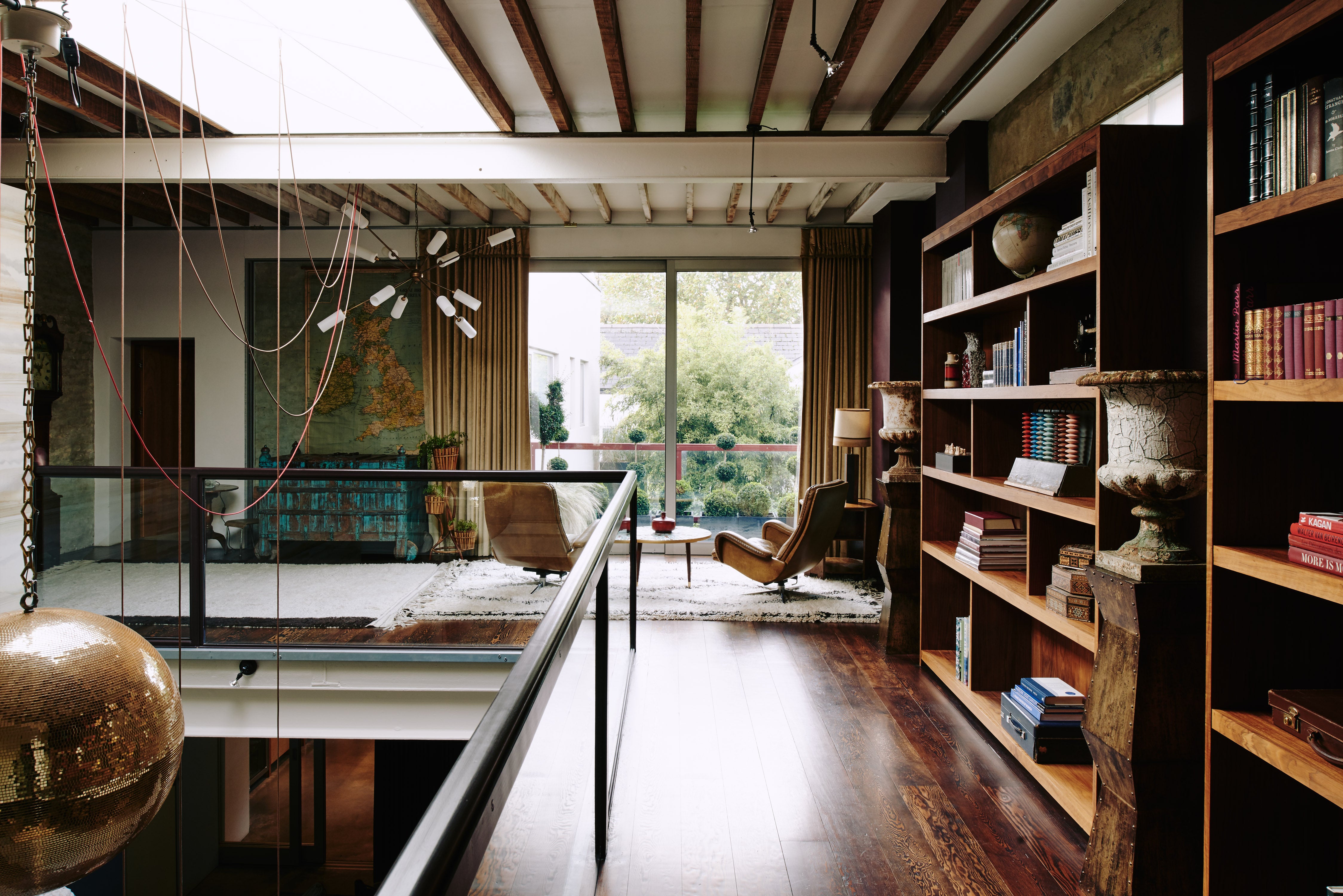How to put your home on the map with a splash of cartography
Location, location, location is the mantra when you are buying a house. And should also be the theme when you are designing your interior – maps are a great way of ensuring your home tells a story, says Anya Cooklin-Lofting

Your support helps us to tell the story
From reproductive rights to climate change to Big Tech, The Independent is on the ground when the story is developing. Whether it's investigating the financials of Elon Musk's pro-Trump PAC or producing our latest documentary, 'The A Word', which shines a light on the American women fighting for reproductive rights, we know how important it is to parse out the facts from the messaging.
At such a critical moment in US history, we need reporters on the ground. Your donation allows us to keep sending journalists to speak to both sides of the story.
The Independent is trusted by Americans across the entire political spectrum. And unlike many other quality news outlets, we choose not to lock Americans out of our reporting and analysis with paywalls. We believe quality journalism should be available to everyone, paid for by those who can afford it.
Your support makes all the difference.For me, rare maps are a wonderful amalgam of art and science, myth and metaphor, discovery and design; at heart, they are beautiful vehicles for a good story,” says Daniel Crouch, co-founder of Daniel Crouch Rare Books, a specialist dealer in cartographical antiques.
If art in the home has but one true function, it’s surely to tell a compelling story. Maps, it turns out, can do this brilliantly well.
According to interior designers working in some of the most stunning homes in the country, maps, be they antique, contemporary, printed, painted, etched or engraved, can contribute to a highly personal, visually impactful interior design scheme.
For Emma Deterding, founder of interior design practice Kelling Designs, displaying maps in residential projects not only lends colour and detail to primary rooms but also offers a personal feel for clients who have entrusted her team to produce a home that reflects their family and values.
“We always go by county,” says Emma, to introduce an immediate sense of place and familiarity. “Especially interesting are the maps you can find from 18th-century London, as they show so much social and economic history. A go-to for me is Atlas of Places, a public educational collection of architecture, maps, painting, photography and so on.”
Another fantastic online resource for finding the kind of maps you may wish to source is Oculi Mundi. This brand new digital environment hosts the Sunderland Collection, a growing private set of antique world and celestial maps from 1200 to the early 19th century. The initiative, managed by Helen Sunderland-Cohen, the current custodian of the Sunderland Collection, aims to offer free access to an otherwise private collection, for cartography enthusiasts, academics, researchers and non-experts alike on a global level.
When it comes to choosing which maps to display at home, Helen advises thinking about the “topic of the map and how it ties into the people who live in the property, their memories, or their location”. For Helen, maps are “fascinating conversation pieces because they contain so many placenames and decorative details such as cherubs, clouds, sea monsters and winds, and different details will appeal to different collectors”.

“Antique maps also come in a surprisingly broad range of sizes, from little gems to big, imposing wall maps,” says Helen, “so it’s wise to consider the placement before you purchase. A map can create a strong focus placed behind a desk or over a mantelpiece, or a smaller, brighter map can provide a wonderful splash of colour to brighten a dark corner.”
Once you have your hands on a map or collection of maps you love, it’s time to start thinking about the logistics of hanging and displaying them. Scott Maddux, the co-founder of interior design firm Maddux Creative, says: “I adore vintage and antique maps, particularly those adorned with visually captivating and meticulously crafted hanging mechanisms such as ‘pull down’ functions.”
Framing is also a simple and popular way to display maps at home, and for Olga Alexeeva, creative director of interior design company Black & Milk, “it plays a significant role in how the maps look and feel in your space, enhancing the overall visual appeal and complementing the style of your space”.
Emma at Kelling Designs believes maps should be hung in a “reasonably structured way, hanging a set in matching frames. This always ensures they look disciplined and informative, which is what maps are intended for.”
For Helen and Daniel, it’s all about showcasing the maps in a way that prioritises age, patina and uniqueness. “Choose a good quality frame that complements the map without being overbearing,” says Helen, adding that you could consider “placing the map over the mount instead of under it, showcasing the old paper and wonderful surface texture”.
For Daniel, it’s crucial that the map is displayed as a “whole object, showing its margins, warts and all”. For purists, Daniel notes that this is an “honest and archival way of doing things”, quipping that, of course, this framing style “also looks cool and minimalist in contemporary interiors”.
Join our commenting forum
Join thought-provoking conversations, follow other Independent readers and see their replies
Comments